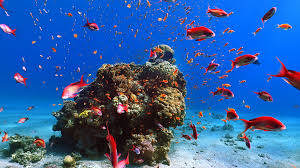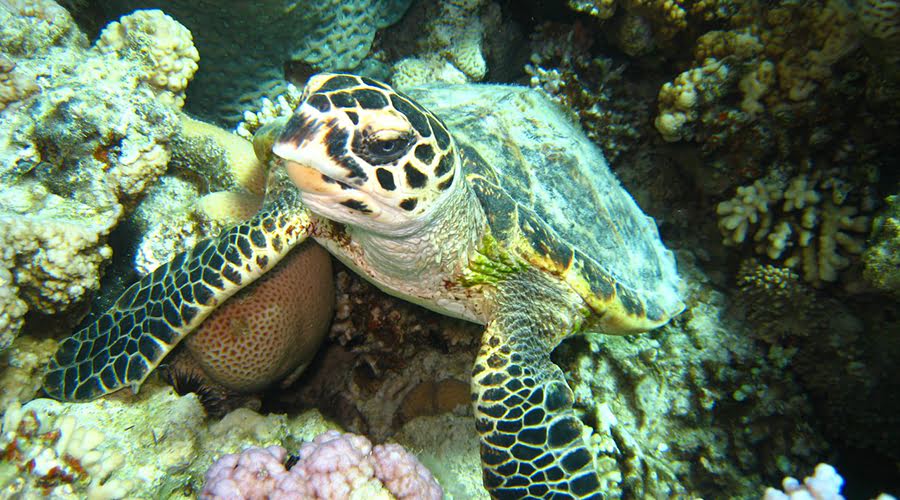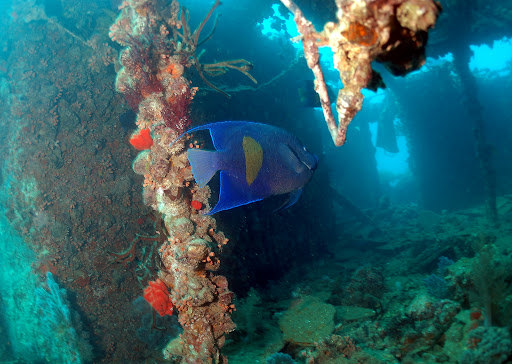
Dahab
Midway between Sharm El Sheikh and Aqaba is Dahab, on a narrow stretch of coast but at the same time at the deepest and widest point in the Gulf. The reefs are mostly shallow down to about 20 - 30 m, e.g. B. at Southern Oasis or at the northern canyon. The canyon is not for everyone though as it features a deep fissure that starts at around 15 m and has the deepest exit at around 50 m. In between there are only a few exit possibilities, so the dive goes in the direction of cave diving and must be planned. Exceptional fish can already be found in shallow water, sand and scree up to a depth of around 10 m, e.g. B. the well camouflaged Red Sea Walkman. The devil fish is one of the poisonous stone fish, so beware, dangerous! The harmless pygmy winged fishes, which are up to 8 cm in size, live in the 5 meter range, and they too are extremely difficult to spot. You can even reach excellent coral gardens in Dahab: in the north the national park is called Abu Galum, in the south Gabr al Bint is known for its hard corals and its groupers. But one place has made Dahab world famous: the Blue Hole. It is about 10 km north of the city and is a dark blue hole about 50 - 70 m in diameter and 120 m deep. Outside of the Blue Hole, however, the steep face is beautifully overgrown and occasionally even large fish can be found. This drop-off can be reached through a reef crevice at a depth of about 7m, the next breakthrough is only at 56 m again with the 26 m long and a few meters wide arch, i.e. beyond our spot diver limit and only reserved for the Tekkies with their special gas mixtures.









